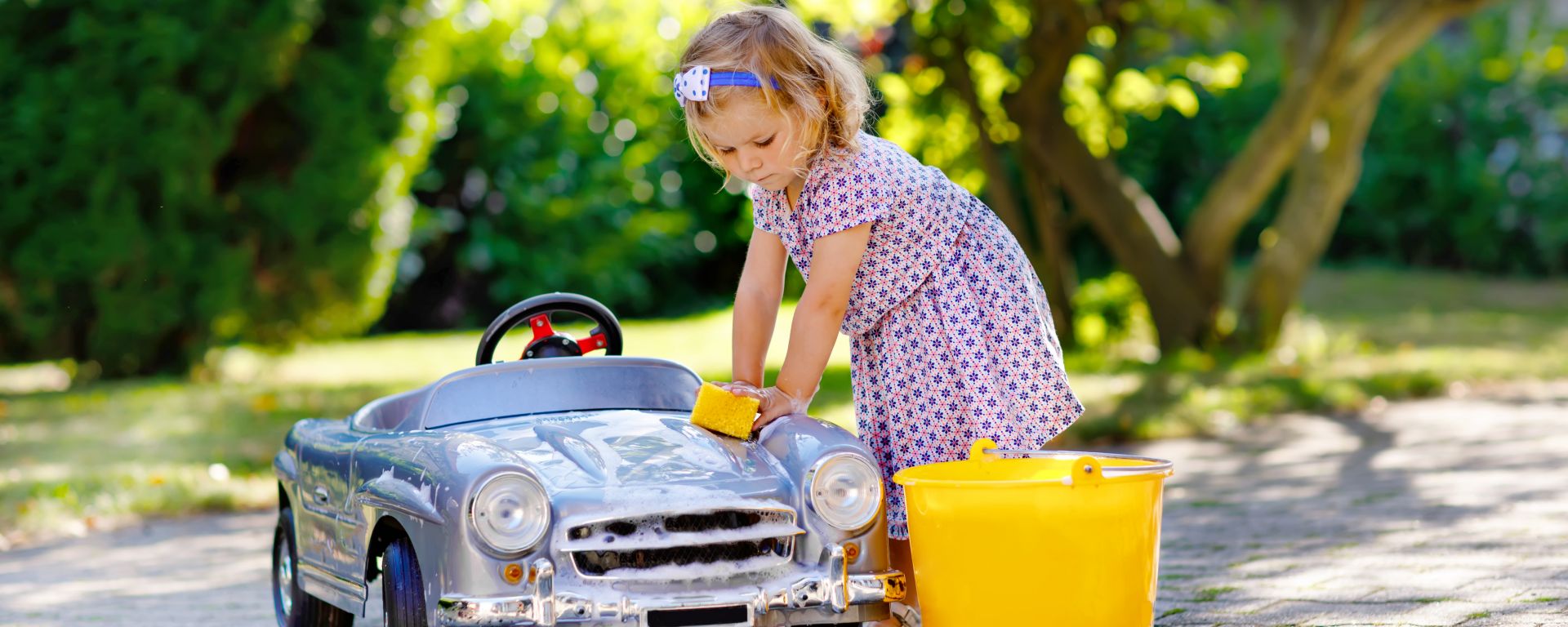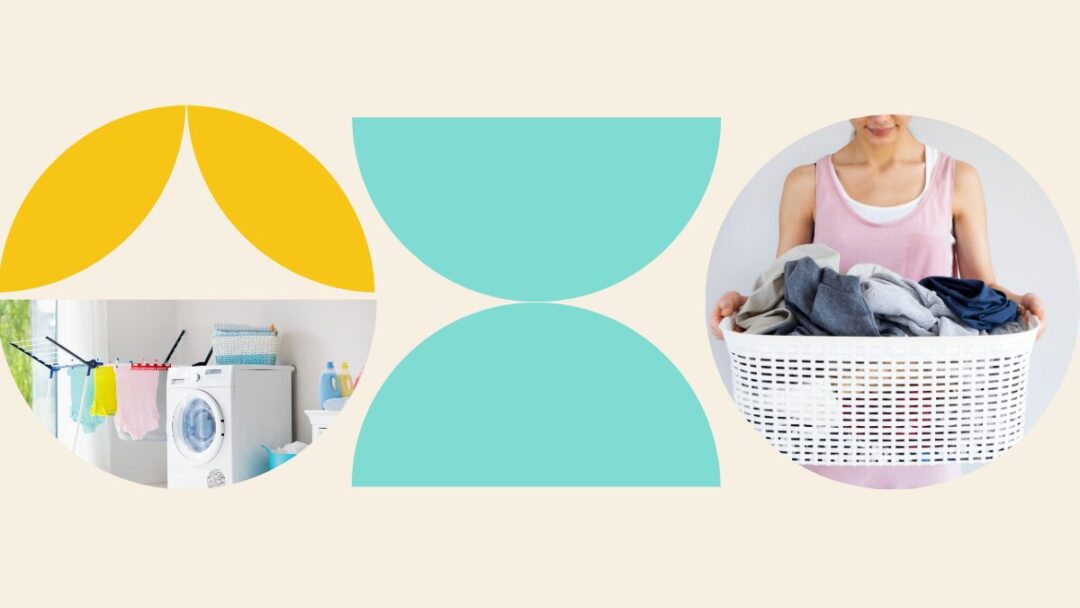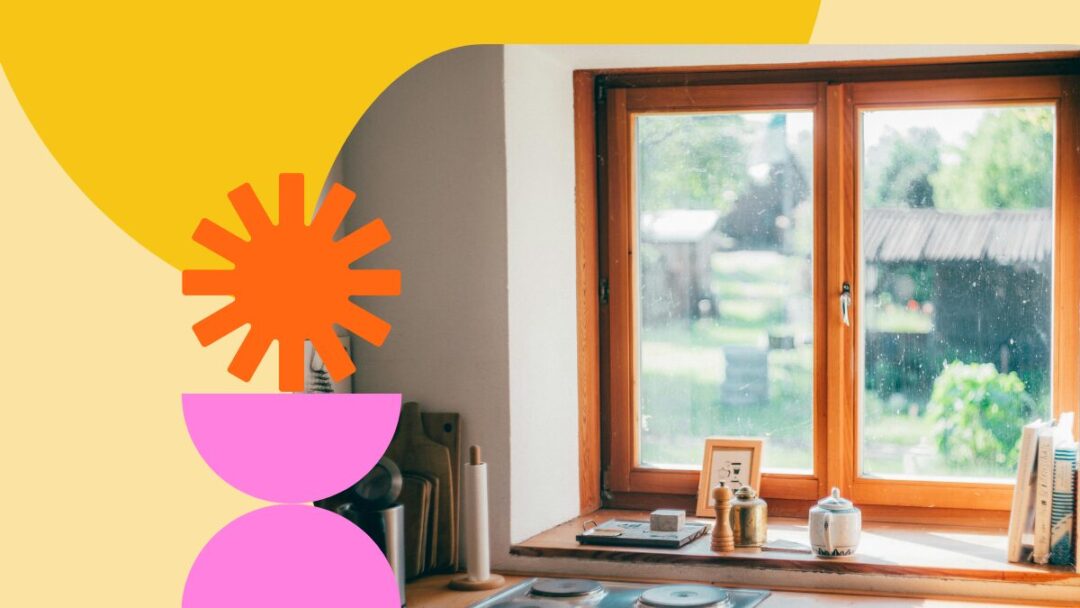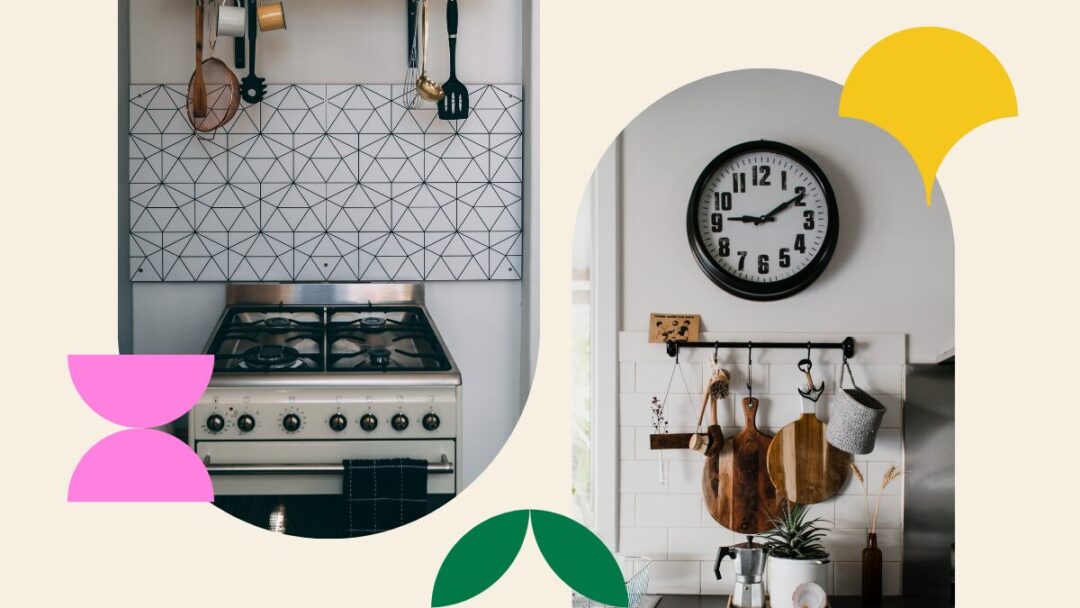For parents, keeping their kids safe and healthy is a full-time job. Kids love to play and explore, which often leads to them getting dirty. During these fun times, they can easily forget to wash off germs, from their hands for instance, where a lot of germs and bacteria accumulate. They often crawl on the floor and touch certain germy areas while chewing on their toys, and then eat with their hands too. Although there are some germs that your children will encounter that may not be harmful, others can easily spread, including the flu, cold and COVID-19. Use the following cleaning tips to clean and disinfect your children’s toys so they are safe and healthy to play with.

How To Clean Different Types Of Kids Toys
Babies love to play with toys and almost anything their eyes land on. They often drag or roll toys on dirty floors, drool on them, drag them on the floor some more, and then stick the toy into their mouths. The floor has a lot of germs and bacteria that can make your baby sick. It’s important to keep baby toys clean to prevent the spread of bacteria and harmful germs.
1. Plastic Toys
From rattles to battery-powered toys, there are a large variety of plastic toys available for kids. Some plastic toys are safe to place in the dishwasher, but most can be cleaned by hand with hot water and dish soap. If the toy you’re about to clean has a compartment for batteries, remove the batteries before cleaning it.
2. Bath Toys
Bath toys are exposed to a wide range of pollutants, from dirty bath water to urine. Wet bath toys are a breeding ground for bacteria, mould and germs. After each bath, wash these toys with soap and water, and hang them to dry in a net bag.
3. Stuffed Toys
Stuffed, fabric toys can quickly become dirty and house many types of germs and bacteria. Firstly, check the label on the stuffed animal for the recommended cleaning method. Some are machine-washable, while others must be washed by hand. For toys that are machine washable, wash them with a gentle detergent, safe for babies and children.
4. Silicone Toys
Soft silicone toys are nice for babies and children, but unfortunately, they also pick up germs and bacteria. Cleaning silicone toys with heat or hot water can damage them. Instead, it’s best to wipe them with a mixture of equal parts water and white vinegar. Don’t forget to rinse and leave the toys to air-dry.
5. Wooden Toys
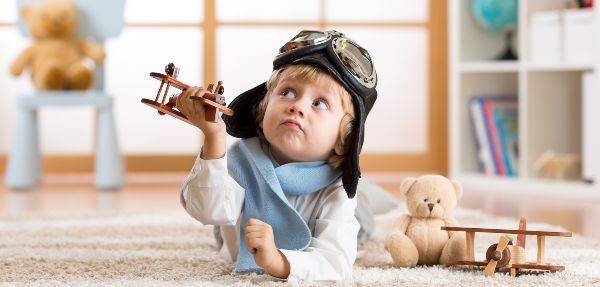
Toys made from wood usually include rocking horses, train sets and building blocks. Wood is porous, so they do need a little extra care when it comes to cleaning. If the wood gets too wet, it will start to warp when it dries – this is how toys become mouldy. Use a soft brush to remove dirt build-up in the grooves and wipe the entire toy with a 1:1 mixture of water and white vinegar. Then rinse and leave to air-dry.
6. Dolls
Dolls and action figures are made from a variety of different materials that may require different cleaning techniques. For plastic body parts, clean with detergent and warm water, wash the doll hair with baby shampoo, and the fabrics with baby shampoo and water too. No matter the material, let the entire doll air-dry once cleaned.
How To Disinfect Kids Toys A Few Different Ways
Exposure to germs does help your child’s immune system, but also teaches it how to defend your child against the germs that make them sick. Your pet licking your child’s face or a dummy that’s fallen on the ground may not make them ill. But, as children are inevitably exposed to germs, it’s best to know how to clean toys while also knowing how to disinfect them.
While cleaning kids’ toys physically removes germs and dirt, disinfecting kills germs with the use of chemicals. Both reduce the risk of infection, and disinfection eliminates germs and viruses.
1. Disinfect Toys In The Dishwasher
For toys that are dishwasher-safe, run them through the dishwasher at least once a week. This works well for rattles, plastic blocks, and some bath toys. Put small toys in the silverware rack or a net bag so they don’t fall out while in the dishwasher. Don’t wash toys in the dishwasher that contain fabric, buttons, or electrical parts.
2. Disinfect Toys In The Washing Machine
Stuffed toys, blankets, pillows, and other fabrics can be disinfected in the washing machine on a hot cycle. To keep stuffed animals safe during the wash, you can place them inside a pillowcase.
3. Disinfect Toys With Natural Cleaners
White vinegar is one of the best natural cleaners for sanitising toys. It’s safe, and a great multi-purpose cleaner. Due to its high acidity, it’s very good for disinfecting kids’ toys. This versatile cleaner is safe for sanitising most surfaces and can kill various pathogens like E. coli. Although white vinegar can kill most food-borne pathogens, it may not be strong enough to kill all viruses.
4. Disinfect Toys With Sunshine

Sunlight is a natural way to kill bacteria. On a sunny day, place your kids’ toys outside and let the UV rays disinfect the toys. This is also a good technique to freshen stuffed toys with lingering smells.
How Often Should I Disinfect Toys
It’s a good idea to disinfect your childrens’ toys about once a month. Their favourite toys that are played with every day may require weekly disinfecting to prevent a build-up of germs and bacteria. You can disinfect toys anytime you suspect bacteria, germs, and viruses could be living on the toys.
It’s a must to disinfect toys when someone in the home is sick, or your children’s friends or their family members have been sick. You should know that the flu virus can live on a surface for up to 48 hours. And norovirus, a virus that usually causes stomach bugs, can stay for a few days, or even weeks. So if your kid’s playmate has the flu or another communicable illness, it’s best to disinfect their toys.
Use these tips to keep your kid’s toys clean and sanitary. Your family will enjoy a safe home, and you’ll also have better peace of mind knowing that you can protect your children from illness.
You may want to read up on how to clean floors in your home too, so you can be sure that your flooring is clean and safe for your child to crawl, play on, and touch. That way, even if toys are dragged on the floor, you can ensure that it’s clean. Lastly, learn how to babyproof your home with these tips.
